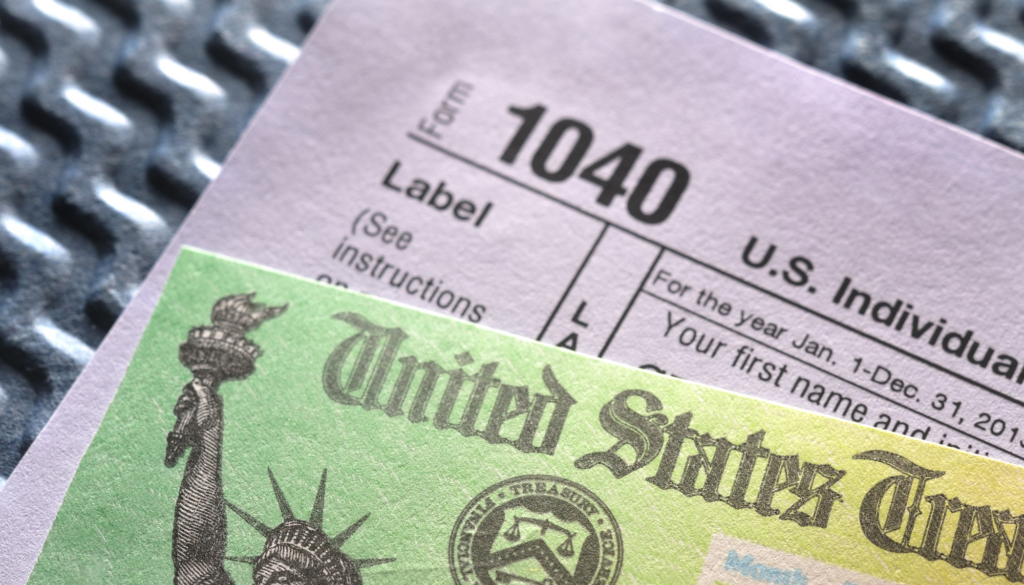IRS Backlog of Tax Returns Is Improving… Slowly

The Treasury Inspector General for Tax Administration (TIGTA), released a report on December 20, 2022, assessing the IRS’s plan to return to pre-pandemic inventory levels by the end of calendar year 2022. The report found that while the IRS has made progress in reducing its backlog, the backlog will continue into 2023. TIGTA is a watchdog organization that provides independent oversight of Internal Revenue Service activities.
The backlog consists of the following inventories:
- Individual paper returns
- Business paper returns
- Error resolution
- Rejected returns
- Unpostable returns
- Amended returns
According to the report, the backlog of tax returns yet to be processed and other inventories totaled 9.6 million as of October 28, 2022.
Where Did the Backlog Come from?
The backlog started back in 2020 with the onset of COVID. Not only did pandemic lockdowns decrease the number of employees available to process returns during the 2020 tax season but the IRS was also tasked with administering several COVID-related programs, including stimulus checks, advance child tax credit checks, and emergency rental assistance. In other words, it had fewer resources for more work.
However, problems had been building well before COVID. Since 2010, the IRS’s budget has been cut by 20% and its staff by 38%. Even before the pandemic, taxpayers were complaining about long hold times when they called the IRS and difficulty getting help at Taxpayer Assistance Centers (TACs). Since the pandemic, those issues have only gotten worse; more than 25% of TACs have been forced to close due to lack of staff, and call wait times during the 2022 tax season averaged 29 minutes.
Outdated technology has also played a role in the delays. Paper returns are still being entered by hand, older equipment fails often, and there is a shortage of staff that know how to work with the legacy systems in place.
How is the IRS Addressing the Issue?
In March of 2022, the IRS announced its Get Healthy Plan to address the backlog with the goal of reducing inventories to pre-pandemic levels by the end of 2022. Increased funding courtesy of the Inflation Reduction Act of 2022 is expected to help. The principle initiatives include:
Increased Human Resources
This has included hiring more full-time and contract staff, paying overtime, and reassigning employees from various divisions to work on processing returns. According to a statement by the IRS, it has reassigned more than 1600 current staff members and hired 15,000 new staff.
Increased Taxpayer Assistance
Millions of returns are delayed because of relatively minor errors made by taxpayers on their returns. These returns require manual review by IRS employees before they can be processed. The IRS has responded by proactively sending information to taxpayers, and increasing online, in-person, and by telephone help options.
Updated Technology
The IRS has instituted new automated support technology that provides live online assistance and new voice and chatbots to quickly answer taxpayer queries.
What Will the 2023 Tax Season Look Like?
According to the TGTA report, the IRS is making steady progress, but the backlog will continue into the 2023 filing season.
Of the various backlogged inventories, only individual paper returns are on target to meet pre-pandemic levels by the end of 2022. Business paper returns and error resolution are expected to meet their targets in January 2023. Rejected, unpostable, and amended returns will probably not return to pre-pandemic levels until June of 2023.
The report cites a greater-than-anticipated number of individual and business returns, a higher-than-typical number of errors, and the redeployment of some employees back to their regular teams as reasons for the delay.
What Does This Mean for You?
Not getting a refund in a timely manner can be frustrating for businesses and individual taxpayers alike. Fortunately, there are steps you can take to increase the chances that your return will be processed in a timely manner.
Generally speaking, refunds should be issued within 21 days of submitting your tax return but can be delayed by filing a paper return, submitting incomplete or inaccurate paperwork, and other factors. (In a previous post, we discussed some reasons that your tax return might be delayed.)
For the best chance at a timely refund, we suggest working with one of Tonneson’s qualified CPAs going into the 2023 tax season. They can help ensure that your return is accurate and complete, filed electronically, and filed on time.
Contact us at Tonneson + Co today to learn how we can help.
Let's Talk
If you’re interested in working with Tonneson + Co, please reach out to us. We look forward to hearing from you!
"*" indicates required fields
